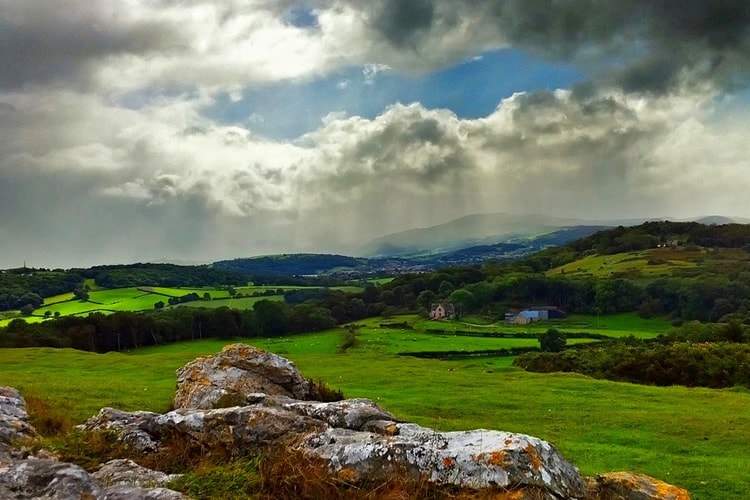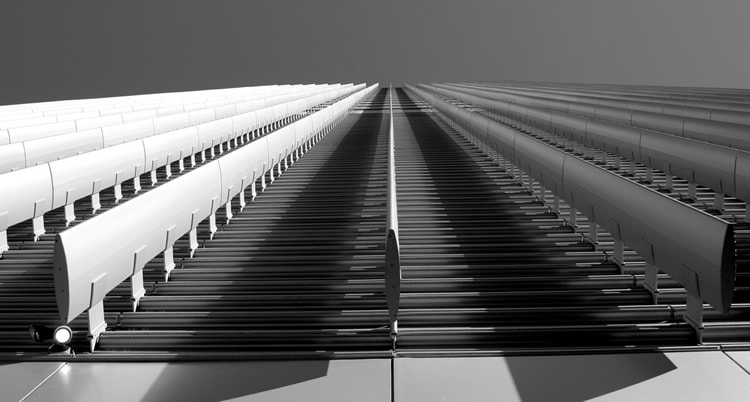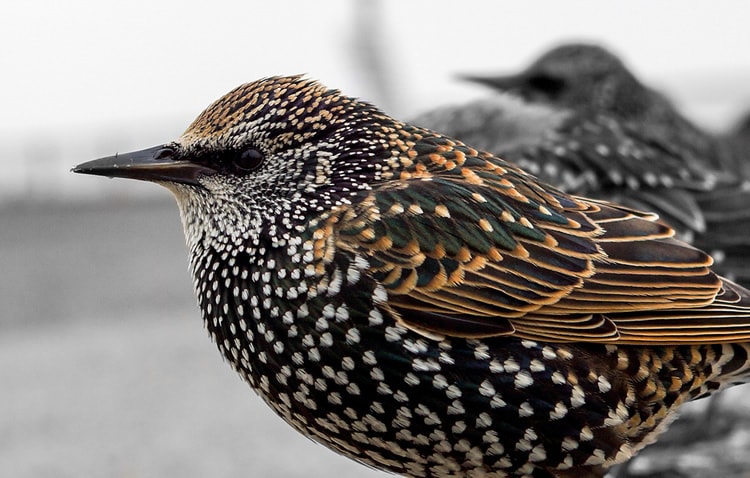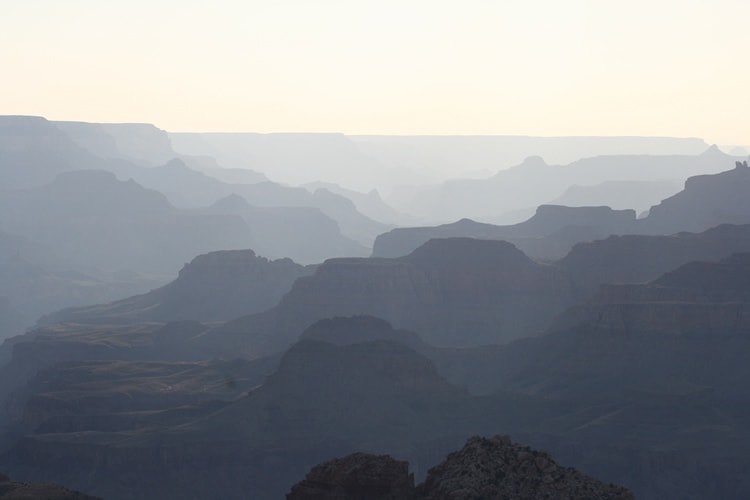Photographs that have a feeling of depth are dynamic and powerful. Capturing a photo with a sense of depth and perspective though, can be tricky. This is because photography is very much a two-dimensional art form.
While the eyes see everything in three dimensions, the camera only sees things in two. This is one reason that cameras often “just can’t capture” scenery that is as beautiful as it looks in person.
Adding depth to your photos is one way to help give a three-dimensional feel to your compositions [1]. Make your photos come alive with these tips for adding depth to your photography.
Foreground

photo by Stuart [2]
Including some interesting foreground in a photo can help to set the scene. It also helps to add a sense of depth to the photograph, which makes the photo more dynamic. Look for interesting foreground objects to add extra interest to your photos. A plain foreground can cause a picture to lack depth, but including some interesting foreground elements makes the photo more dynamic and interesting.
A great way to ensure that there’s plenty of depth in your scenic photos is to try to include a foreground, middle ground and background in your compositions.
Framing

photo by Joan Sorolla
In some cases, framing a photo can help to improve an image. The “frame in a frame” technique involves using some of the foreground elements to create a frame for the photo. This technique helps to draws viewers in, and makes them feel as though they were inside of the photo, rather than just looking at it.
Leading Lines

photo by Kevin Dooley [3]
Lines create a sense of movement, and can help to draw viewer’s eyes into the photo. Lines can also be used to draw attention to the subject. Lines don’t have to be straight – curves and even subtle lines can also effectively create a sense of dimension in a photograph.
Converging lines are a great way to show distance. Converging lines get smaller the farther away they get, eventually disappearing at the horizon. These lines draw your eye through the scene, and give the photo a sense of depth and distance, making it more dynamic.
Choice of Lens

photo by Beverley Goodwin [4]
A wide-angle lens can be great for accentuating depth in photos. A wide-angle lens allows more distance between the foreground and background of a scene, which allows converging lines to appear in the photo; causing the sense of depth to be more pronounced. Telephoto lenses cause images to appear more compressed; they show less distance between the background and foreground, and cause the elements in a scene to appear closer together than they really are – reducing the sense of depth.
In some cases though, the compression effect that long lenses have can sometimes be used to create powerful photos. Telephotos cause all of the elements in a scene to appear to be at the same distance. This can be useful for drawing in background elements and creating a dynamic scene.
Point of View

In many cases, a change in viewpoint can dramatically alter the depth of a photo. Oftentimes a shot can be made better with a change in perspective. You could try getting low to the ground to include some interesting foreground. Angling the camera up for a scenic shot is also a fun way to experiment with converging lines. A low point of view gives converging lines a different effect than they would have when photographed from a higher point of view.
Lighting

photo by John Lemieux [5]
The right lighting can add a three-dimensional feel to your photos. For scenic shots, the late afternoon sun casts a beautiful glow that can illuminate the elements in your image and make them stand out.
You don’t have to have sunshine to create depth though; clouds and fog on an overcast day can also add depth to an image.
Overlapping

photo by Quinn Dombrowski [6]
You can show distance in photos by overlapping different elements. The layers of different mountain ranges are a good example of this.
This technique can be used when composing an image that contains different scenic elements in it. A shot including beach, ocean, and distant shoreline elements can be arranged with different amounts of each of the elements in it. By controlling the amount of overlap that you allow in the image, you can also control the overall depth of the image.
Depth of Field

A wide aperture – and shallow depth of field – can help a subject to stand out from the background. A busy background can cause a photo to look cluttered and flat. By isolating the subject with a wider aperture that throws the background out of focus, you draw the subject into focus and add a sense of depth to your photos.
Remember: the more distance between your subject and the background, the more blurry the background will be. An aperture like f/2.8 or f/3.5 can completely change the look of a photo.
Shadows

photo by Garry Knight [7]
Using shadows [8] to add dimension to a photo is especially effective when doing portraiture. The right shadows can make a subject much more interesting than a flat lit subject would be. Use shadows to add depth and drama. Using a reflector can also help your subject to stand out.
When composing a shot, it’s good to ask yourself “how can I use these elements to create depth?” By working with the available lighting and elements, and experimenting with different points of view, you can give your photos depth and dimension – powerful features to help them stand out.
The next time you’re out with your camera, look for ways to add depth and perspective to your photos. With a bit of practice, finding ways to add depth will become second nature to you.